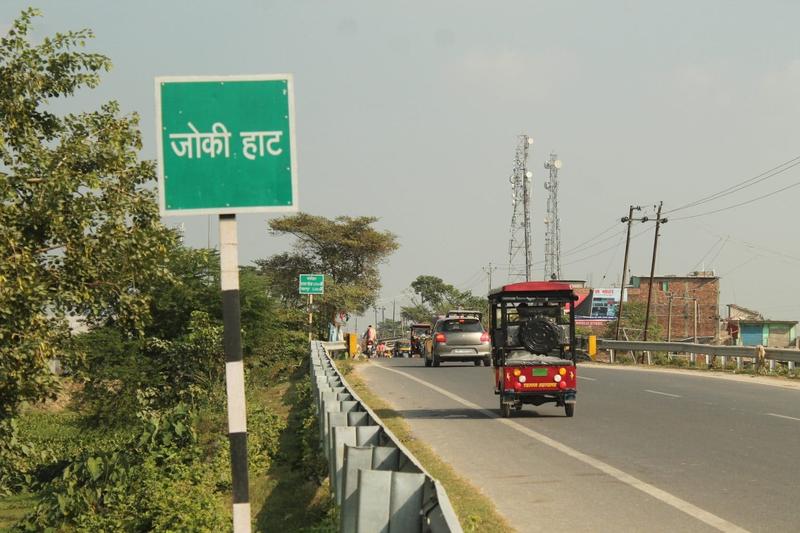“The evidence is less clear for Muslims, since they are not an official category in the ECI’s record. But the use of name recognition software brings out an alarming fact: Muslims were 24.7 per cent of the 65 lakh voters excluded from the draft electoral rolls and 33 per cent of the 3.66 lakh names deleted from the final list, against their population share of 16.9 per cent in the Census,” wrote activist and political scientist Yogendra Yadav and Rahul Shastri in The Indian Express.
The duo’s analysis translates to nearly six lakh cases of what he calls “excess exclusion” of Muslim voters.
Both Yadav and Shastri work with the national team of Bharat Jodo Abhiyaan.
A large share of the deletions occurred in Bihar’s Seemanchal region, one of the state’s most Muslim-concentrated areas, both in absolute numbers and in the percentage of exclusion experienced by Muslims, which was higher than in any other part of the state.
Seemanchal region includes the most backward and flood-affected districts of Bihar and stands at the bottom of the 90 minority concentrated districts of India.
In Bihar, the Muslim population stands at 17 million, or nearly 17 percent of its total population of 104 million, according to India’s last census conducted in 2011. About 28.3 percent of those Muslims are concentrated in Seemanchal, comprising Kishanganj, Katihar, Araria and Purnia districts.
The Muslim populated region is backward, both in terms of its socio-economic standing and its infrastructure indicators.
Hindu nationalist leaders have been openly campaigning that Muslims in these regions are “infiltrators,” the familiar, Islamophobic slur saffron politicians wield with impunity to dehumanise whole communities and legitimise exclusion.
In September this year, Union Minister of Textiles and Bihar-based BJP leader Giriraj Singh spoke at a rally in Purnia, where he warned of “outsiders” and used incendiary language: “Many demons have come from Bangladesh; we have to kill those demons.”
According to The Wire’s analysis, once flagged for review, a Muslim voter had a 6.38% chance of being struck off the rolls, compared to 4.18% for a non-Muslim voter, a 52% higher rate.
In Kishanganj, the deletion rate for a flagged Muslim was 3.7%, nearly double the 1.9% for a flagged non-Muslim.
The Wire further reported that just four constituencies, Araria (4,182), Sikta (4,040), Katihar (3,644), and Jokihat (2,836), accounted for a combined total of over 14,000 Muslim voters being struck from the rolls.
Yadav and Shastri noted that while detailed data on how the SIR has affected other marginalised groups such as Dalits and migrant workers is still awaited, early indications already point to serious imbalances, particularly in the cases of women and Muslims.
Last week, the Congress party alleged that the names of nearly 23 lakh women had been removed from Bihar’s voter list during the Special Intensive Revision, claiming that most of them belonged to 59 assembly constituencies where a “close contest” took place in the 2020 elections.
Addressing a press conference at the party’s Indira Bhawan headquarters in Delhi, All India Mahila Congress president Alka Lamba accused the Election Commission of India of “targeting” Dalit and Muslim women voters.
Bihar will hold its state assembly election in two phases on November 6 and November 11, with the results to be announced on November 14.



